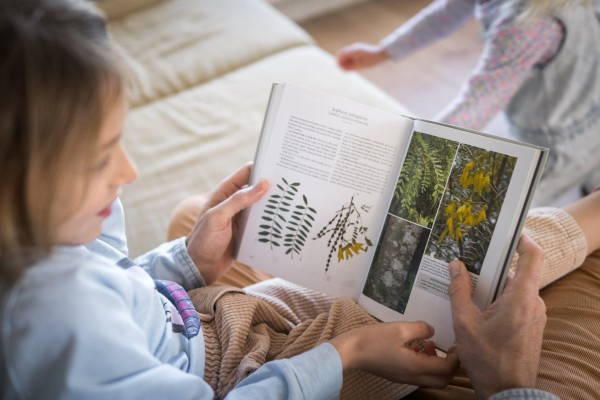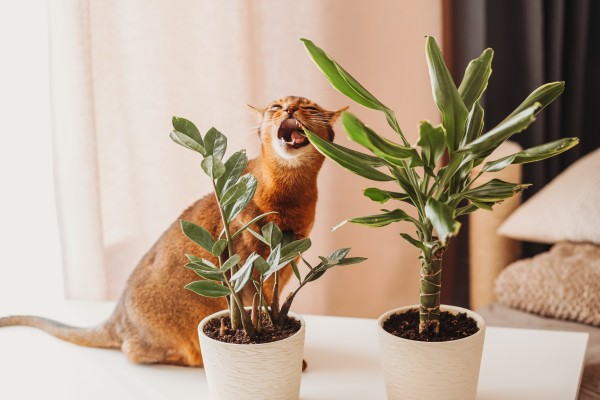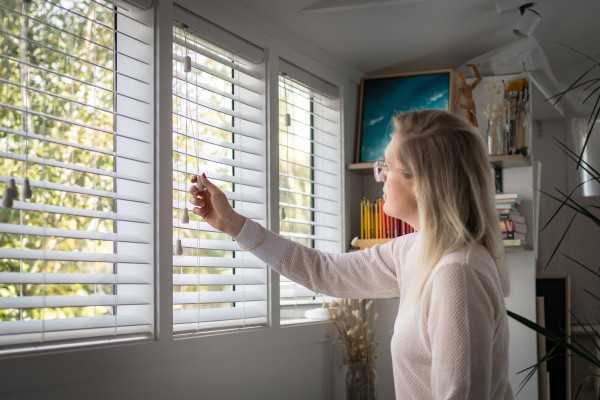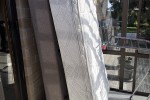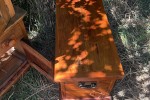10 common New Zealand household pests and how to get rid of them

One of the upsides of living in New Zealand has to be the lack of dangerous or poisonous animals. While you never have to worry about finding a poisonous snake in your cupboards or what to do when a bear wanders into your backyard, there are some household visitors you should watch out for.
Taking care of pests as soon as you see them will help keep your family healthy and even prevent problems around the home.
Household flies
Household flies are a pain because they can transmit diseases, contaminate foods and are just generally a nuisance. While the odd fly coming indoors isn’t a problem, there are a few things you can do to keep these insects from breeding indoors.
How to get rid of them
House flies have a lifecycle of about ten days. While this isn’t long, it does mean that any flies that get trapped inside could potentially lay eggs in your home (if they find the right environment). Flies can breed in both wet and dry environments.
Keeping your home clean and free of food waste will help deter flies from wanting to stick around.
Flies usually need specific breeding grounds for them to live in your home. Make sure you:
-
Have a closed lid on your rubbish bin.
-
Air out your home regularly so that flies can leave.
-
Don’t leave raw meat or meat trays unattended.
-
Regularly pick up after your dog or clean your cat litter.
-
Keep drains and gutterings cleared of rotting vegetation.
-
Clean dog kennels or chicken coops regularly.
-
Fix soil cracks or crevices in your garage or basement.
You can also prevent flies from entering by installing fly screens on doors and windows or buying automatic spray dispensers.
Ants
Ants are more of a problem for people who live in warmer parts of New Zealand. If you live in Southland or Otago you might find that ants aren’t a problem. However, for those of us in warmer, beach-adjacent climates these tiny critters can cause big problems.
How to get rid of them
If you see one ant, you may have a bigger problem on your hands. Ants often send out scouts into your home to look for food. You can prevent them by:
-
Storing food in air-tight containers and putting away food overnight.
-
Cutting plants and foliage back from between the garden and house.
-
Spray outdoor pavers, patios and cobblestones regularly.
-
Use small amounts of liquid or gel bait in places you’ve seen them.
-
Use a barrier spray on windows and doors to stop them from coming inside.
Cockroaches
Cockroaches are known for being hard to kill. They are a problem because they transmit diseases. In New Zealand, cockroaches come in a range of sizes and can sometimes be quite small.
New Zealand has two breeds of native cockroaches, the Bush and the Gisborne Cockroach and two species of introduced cockroaches - the American and German Cockroach. The latter two are more of a pest than the native kind as they breed more rapidly.
How to get rid of them
Search your home in damp or dark places for signs of cockroaches. To get rid of them, you can:
-
Place gel bait in areas where you have seen cockroaches.
-
Spray and fumigate behind your appliances and under sinks.
-
Use a bug bomb in affected rooms.
-
Set cockroach traps to monitor affected areas after treatment.
Mice
Mice and rats are a problem because they can spread disease. They can also cause damage to your home by chewing through wires, fabrics and fibres and leaving droppings behind. Rats also pose a risk to our native wildlife and are responsible for eating bird eggs.
Mice and rats are not native to New Zealand. They are introduced species from both Maori and European settlers. While some people don’t like killing mice or rats, there are traps that ensure that rodents are killed quickly. Check out brands like Goodnature for fast and effective rodent traps.
How to get rid of them
If you have a mice problem, you've probably seen signs of them around your home. Look for droppings in cupboards, cracks or holes in the skirting boards or signs of rodents around the outside of your home. You can prevent them by:
-
Placing rubbish and food scraps in a sealed bin outside.
-
Keeping organic compost away from the sides of your home.
-
Having a cat (although you should still consider the risk to native wildlife).
-
Setting up mousetraps inside and outside your home.
-
Setting up no-kill traps outside and releasing them into nature.
Fleas
If you own pets, you may be familiar with treating your home for fleas. These blood-sucking parasites are a health hazard and can spread diseases. They also cause discomfort to your pets. While fleas are small, you can still see them with the naked eye.
Check your pets regularly, especially if they are scratching themselves more than usual. Get rid of fleas by:
-
Treating your cat or dog with over-the-counter medication.
-
Spraying areas where your cat or dog sleep.
-
Regularly washing their bedding or blankets.
-
Vacuum regularly to remove flea larvae from the carpet.
Bed bugs
Bed bugs cause itchiness and if left untreated, can cause a major infestation in your home. They’re also easily transmissible, so treating your house is important if you discover signs of a single bed bug.
If you’re unfamiliar with bed bugs, they are about 3-5mm, oval in shape and do not have wings. They can range in colour from reddish-brown (when they have just been fed) to translucent white. Bed bugs come out to feed at night. A sure sign of bed bugs is itching, and red marks left on your skin at night.
How to get rid of them
You can prevent bed bugs by being careful when travelling. Always use a luggage bed when you’re staying in a hotel or Air BnB, and don’t store your clothes on your bed.
Wash all your belongings immediately when you come home. If you find signs of bed bugs in your home:
-
Spray your bed, mattress, cupboards and drawers with a fumigator suitable for furniture.
-
Fumigate all of the furniture in your home with the help of a professional service.
-
For best results, dismantle your furniture before spraying or fumigating.
Wasps
Wasps are dangerous for people who get severe allergic reactions. They also have a harmful sting and aren’t something that you want living near your family or pets. Wasps are not native to New Zealand.
How to get rid of them
Wasps are relatively easy to find and control. If you find a nest, call your local exterminator. Unlike bees, which are helpful to the environment and will be relocated, wasps cause problems for our native flora and fauna.
You can tell a wasp from a bee by their distinct black and yellow colourings. Honey bees have stripes that look more brown than bright yellow. Bumble bees are larger and fluffier than wasps.
To deal with a wasp problem, you should call a pest professional.
Spiders
While New Zealand might not have many species of venomous or particularly large spiders, some pest control is still needed. Spiders provide great pest control for other bugs, but you don’t want white tails or redbacks hiding in your closet.
How to get rid of them
There are three New Zealand spiders that can cause major problems due to their venomous bite. The whitetail spider, the Australian Redback and the Katipo (a native specie) all have a painful bite.
White tails are often found in sheds, near firewood or in dark outdoor areas. You should wear gloves when handling firewood or looking through an outdoor storage box.
You can prevent spiders by:
-
Dusting for cobwebs or spiderwebs regularly.
-
Moving and rearranging objects to prevent spiders from building webs.
-
Spraying barrier spray around your windows and doors.
-
Airing out wardrobes and cupboards.
-
Spraying outside around gutters and downpipes.
Mosquitos
Mosquitos are more commonplace throughout New Zealand than they used to be. Mosquitoes are a problem because they can cause itching and swelling lumps from their bite. While there’s no evidence that mosquitos transmit specific diseases in New Zealand, they are still pests that should be avoided.
How to get rid of them
Mosquitos breed in still, stagnant bodies of water. If you have a tyre swing, outdoor playground equipment or any objects that rainwater can gather, store these objects away during winter. You can also:
-
Spray bug spray in outdoor areas like decks or near down pipes.
-
Plant natural repellants like mint, lavender or basil near doors and windows.
-
Use insect repellent when sitting outdoors, especially near sunset.
Borer
Borer beetles leave tell-tale signs around your home. If you have wooden joinery, you may notice small holes or powdery remnants of wood on your window sills. Weatherboards, joists, floorboards and structural timber, especially in older homes, can all be affected.
How to get rid of them
Treat any bare wood in your home with a borer protection spray. This can keep your wood protected for many years.
If you have signs of flight holes, inject them with a borer spray injector. You can also set off a fumigation bomb in your roof cavity or below the floorboards. This is most effectively done between October and May, as these insects take flight during spring and summer.
What do our customers say?

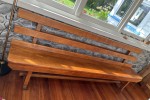
For every (wise)move







